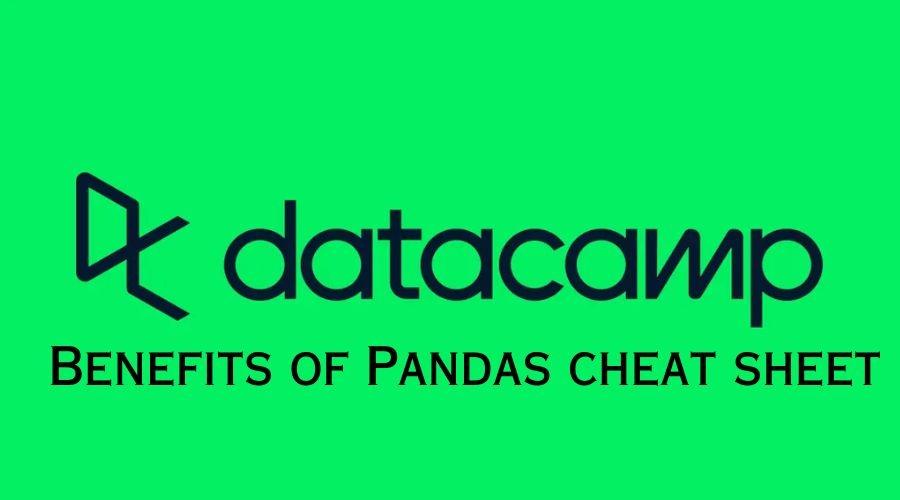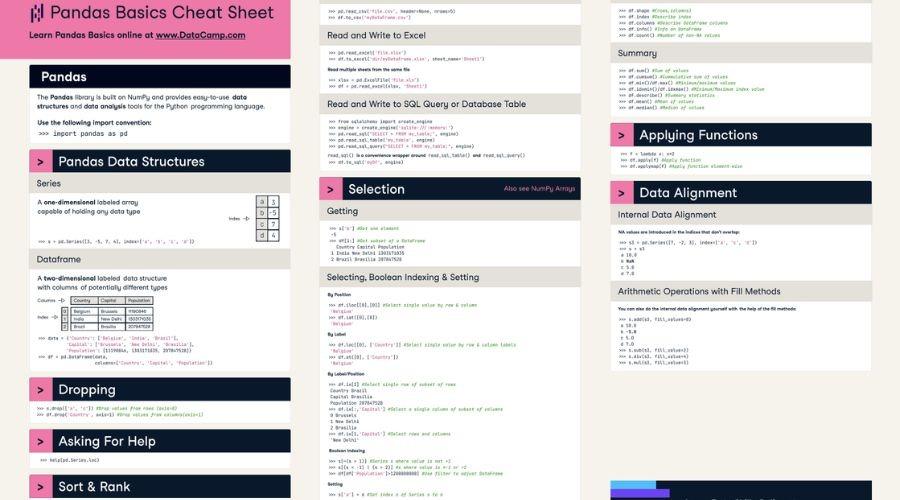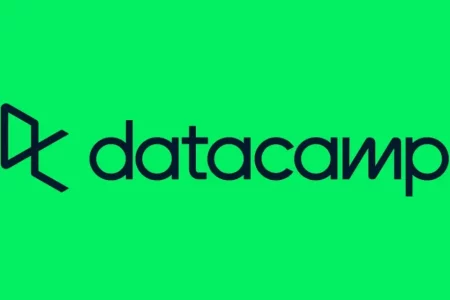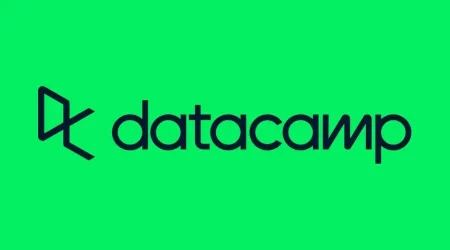Pandas is a popular Python library that is widely used for data manipulation, analysis, and visualization. With its powerful data structures and tools, Pandas has become a go-to tool for many data scientists and analysts. However, with the wide range of features and functionalities that Pandas offers, it can be overwhelming to remember all the details. That’s where the Pandas cheat sheet comes in handy.
The Pandas cheat sheet is a quick reference guide that provides a summary of the most commonly used panda python functions and methods. It’s designed to help users quickly and easily find the function or method they need for a specific task. The cheat sheet includes a list of key functions and methods for working with Pandas data frames, series, and indexes.
One of the benefits of the python pandas cheat sheet is that it provides a quick way to get started with Pandas. If you’re new to the library, the cheat sheet can help you get up and running quickly. Instead of having to go through the documentation or search for solutions online, you can simply refer to the cheat sheet and find the information you need.
Another advantage of the Pandas cheat sheet is that it can help you be more efficient. When you’re working on a project, time is often of the essence. The cheat sheet allows you to quickly find the function or method you need, saving you time and effort.
The Pandas cheat sheet covers a wide range of topics, including:
Reading and writing data: The cheat sheet provides information on how to read and write data in various formats, such as CSV, Excel, SQL, and JSON.
Data frames: The cheat sheet includes functions for creating, manipulating, and merging data frames. It also provides information on how to handle missing data, rename columns, and select specific rows and columns.
Series: The cheat sheet covers functions for creating, manipulating, and accessing series. It includes information on how to handle missing values and how to perform basic operations on series, such as addition and subtraction.
Indexes: The cheat sheet provides information on how to create, manipulate, and access indexes. It includes functions for resetting indexes, selecting specific rows based on their index, and handling duplicate index values.
Benefits of Pandas cheat sheet

Pandas is a powerful and popular data manipulation library in Python, commonly used for data analysis, data cleaning, and data visualization tasks. It provides a variety of functions and methods to manipulate and process data, including reading and writing data from various sources, filtering and selecting data, performing aggregations, and merging and joining data.
As with any programming library, Pandas has a vast number of features, and it can be challenging to remember all the syntax and parameters for each function. A Pandas cheat sheet is a useful reference tool that provides quick access to the most commonly used functions, methods, and parameters in Pandas.
-
Easy Access to Pandas Functions
One of the primary benefits of a Pandas cheat sheet is easy access to functions. Pandas has a vast number of functions, and it can be challenging to remember the syntax, parameters, and functionality of each function. A cheat sheet provides a summary of the most commonly used functions and their syntax, making it easy to find and use the desired function.
With a Pandas cheat sheet, you can quickly look up how to perform common tasks like reading data from CSV files, filtering data based on specific conditions, grouping data by columns, and many more.
-
Saves Time and Increases Productivity
Another significant benefit of a Pandas cheat sheet is that it saves time and increases productivity. When working with Pandas, it’s common to spend a lot of time looking up the syntax and parameters of functions.
A cheat sheet provides a quick reference to these details, reducing the time spent searching and increasing the speed of coding. This, in turn, can increase productivity, allowing you to complete data manipulation tasks more quickly.
2. Provides Examples and Tips
A Pandas cheat sheet not only lists the syntax and parameters of functions but also provides examples and tips on how to use them effectively. These examples can be helpful in understanding how a particular function works, what its output looks like, and how it can be customized for specific use cases. Furthermore, the tips provided on the cheat sheet can help you avoid common mistakes and improve the efficiency of your code.
3. Useful for Beginners and Experienced Programmers
A Pandas cheat sheet is beneficial for both beginners and experienced programmers. Beginners can use it as a learning tool to familiarize themselves with the syntax and functionality of Pandas functions.
Experienced programmers can use it as a reference tool to refresh their memory of specific functions and their parameters. Additionally, a cheat sheet can help experienced programmers discover new functions or use cases that they were not aware of before.
Conclusion
In conclusion, a Pandas cheat sheet is an essential tool for anyone working with Pandas. It provides easy access to the most commonly used functions, saves time, increases productivity, provides examples and tips, and is useful for both beginners and experienced programmers.
With a Pandas cheat sheet, you can quickly perform data manipulation tasks and improve the efficiency of your code. So, if you haven’t already, download a Pandas cheat sheet today and start using it in your next data analysis project. For more information, visit Datacamp and Findwyse.















